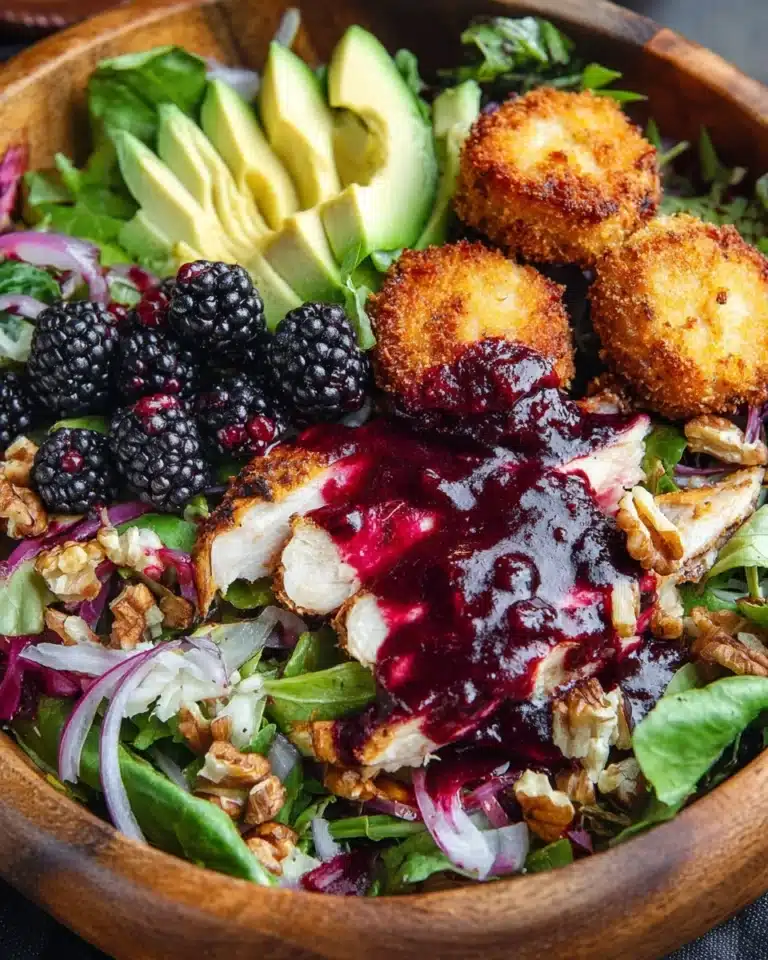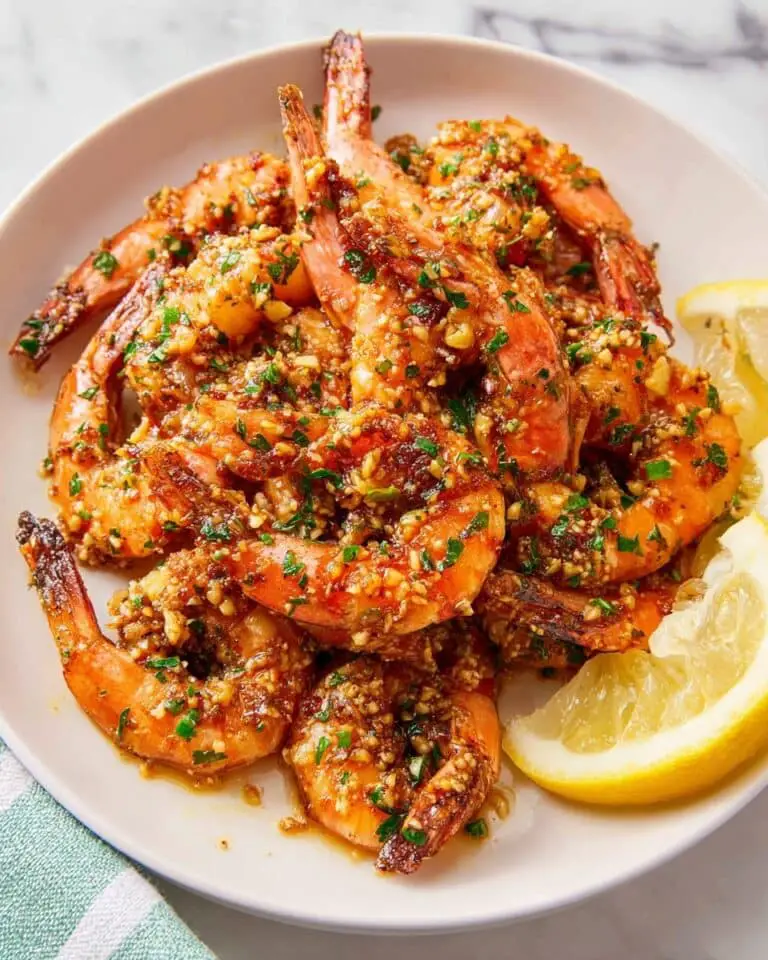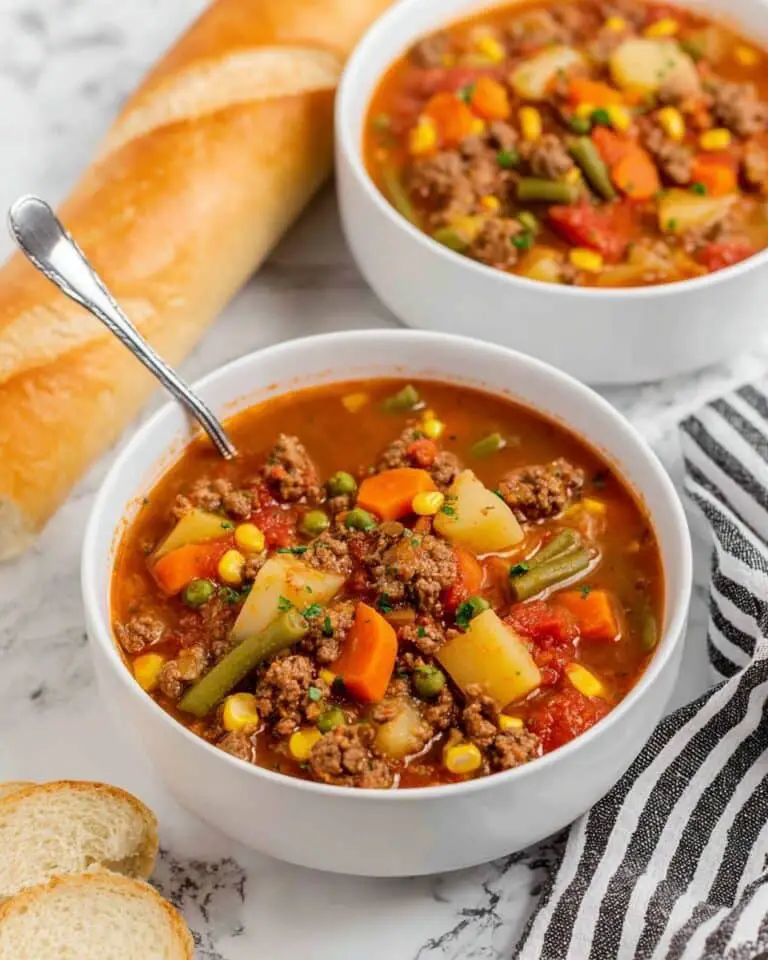There’s just something magical about baking up a loaf of Amish White Bread Recipe in your very own kitchen. The sweet, pillowy slices, gleaming golden outside and feather-light within, are pure comfort on a plate. Whether you’re slathering it with butter right out of the oven or using it for sandwiches later in the week, this bread is a guaranteed family pleaser. You won’t believe how easy it is to create a bakery-worthy loaf with just a handful of pantry staples—a taste of home, warmth, and a touch of nostalgia in every bite.
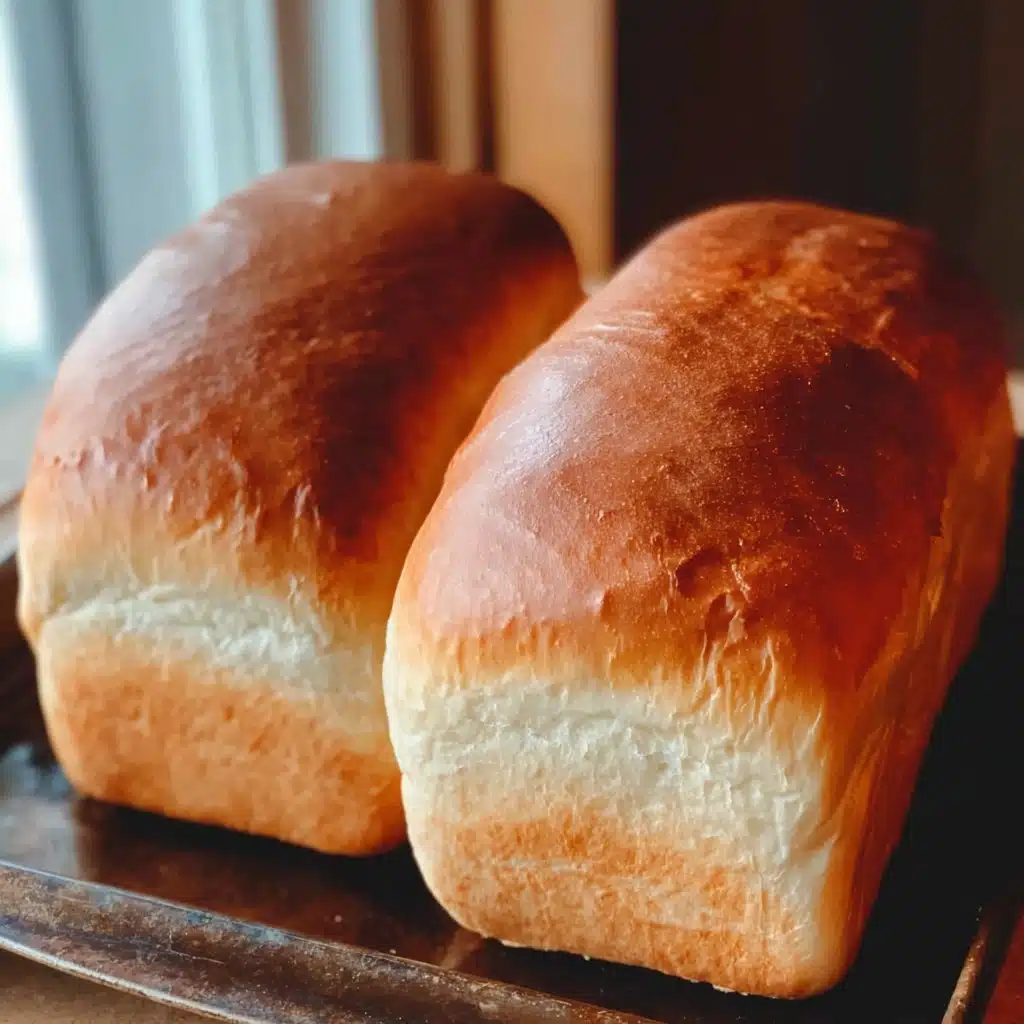
Ingredients You’ll Need
This Amish White Bread Recipe keeps things blissfully simple. Each ingredient steps up to lend flavor, structure, or tenderness, making every slice irresistible. Below, you’ll find exactly what you need, and a little tip for each along the way!
- Water (1 cup, 110F): Warm water helps activate the yeast and brings everything together into a beautiful dough.
- Powdered ginger (pinch, optional): A secret little boost to get your yeast full of bubbly life—don’t worry, you won’t taste it!
- Milk (1 cup, 110F): Adds richness and helps the bread stay soft and tender even after a couple days.
- Sugar (⅔ cup, or less): The sugar sweetens the loaf and feeds the yeast for a beautiful, airy rise—you can adjust for your preference!
- Active dry yeast (1½ tablespoons): The key to that gorgeous, cloud-like texture and fluffy crumb.
- Salt (1½ teaspoons): Don’t skip this—salt brings out flavor and helps to control the yeast’s rise.
- Vegetable oil OR melted coconut oil OR melted butter (¼ cup): Fat keeps the loaf tender and gives a delicate richness—try coconut oil for a subtle twist.
- Bread flour (5½ cups, may need more or less): Provides structure so your bread slices perfectly but stays light and fluffy inside.
- Butter, melted (2 tablespoons): Brushed on top, this gives your loaf that tempting golden crust and soft finish.
How to Make Amish White Bread Recipe
Step 1: Wake Up the Yeast
Pour the warm water and milk into a big mixing bowl. Sprinkle in the sugar and powdered ginger, if you’re using it, then whisk in the yeast. Let this sit for about 5 to 10 minutes. Soon you’ll see a frothy layer form on top—your yeast is ready to work its magic!
Step 2: Build a Beautiful Dough
Stir in one cup of the bread flour, then add your salt and oil (or coconut oil or melted butter). Begin mixing in the remaining flour, a cup at a time, until a soft dough forms that pulls away from the edges of the bowl. Don’t worry if you need a little more or less flour—it’s all about how the dough feels in your hands.
Step 3: Knead for Tenderness
If you have a stand mixer, knead on medium for about 5 minutes until the dough is smooth and stretchy. If you’re in a kneading mood, tip your dough onto a lightly floured counter and knead by hand for around 10 minutes. You’re aiming for a soft, elastic ball that barely sticks to your hands.
Step 4: Let Rise and Double
Oil a clean, large bowl and set your dough ball inside, then oil the top of the dough gently to keep it from drying out. Drape a damp cloth over the bowl and settle the whole thing somewhere warm. In about an hour, your dough will double in size and look puffy and soft—so satisfying!
Step 5: Shape and Ready for Baking
Punch down the risen dough to let out the air (this is the fun part), then knead it for a few minutes. Divide it in half and let each portion rest for five minutes, giving the gluten a moment to relax. Shape each half into a loaf and nestle them into two greased 9×5-inch pans. Brush the tops with melted butter and let the loaves rise again until they peek an inch above the pans, about 30 minutes.
Step 6: Bake to Golden Perfection
Slide your pans into a 350°F oven and bake for 30 minutes. You’ll know they’re done when they’re beautifully golden and sound hollow when tapped—or check with an instant-read thermometer; the inside should be 190°F. Once out of the oven, brush with butter again for that signature soft crust and cover briefly with a tea towel.
How to Serve Amish White Bread Recipe
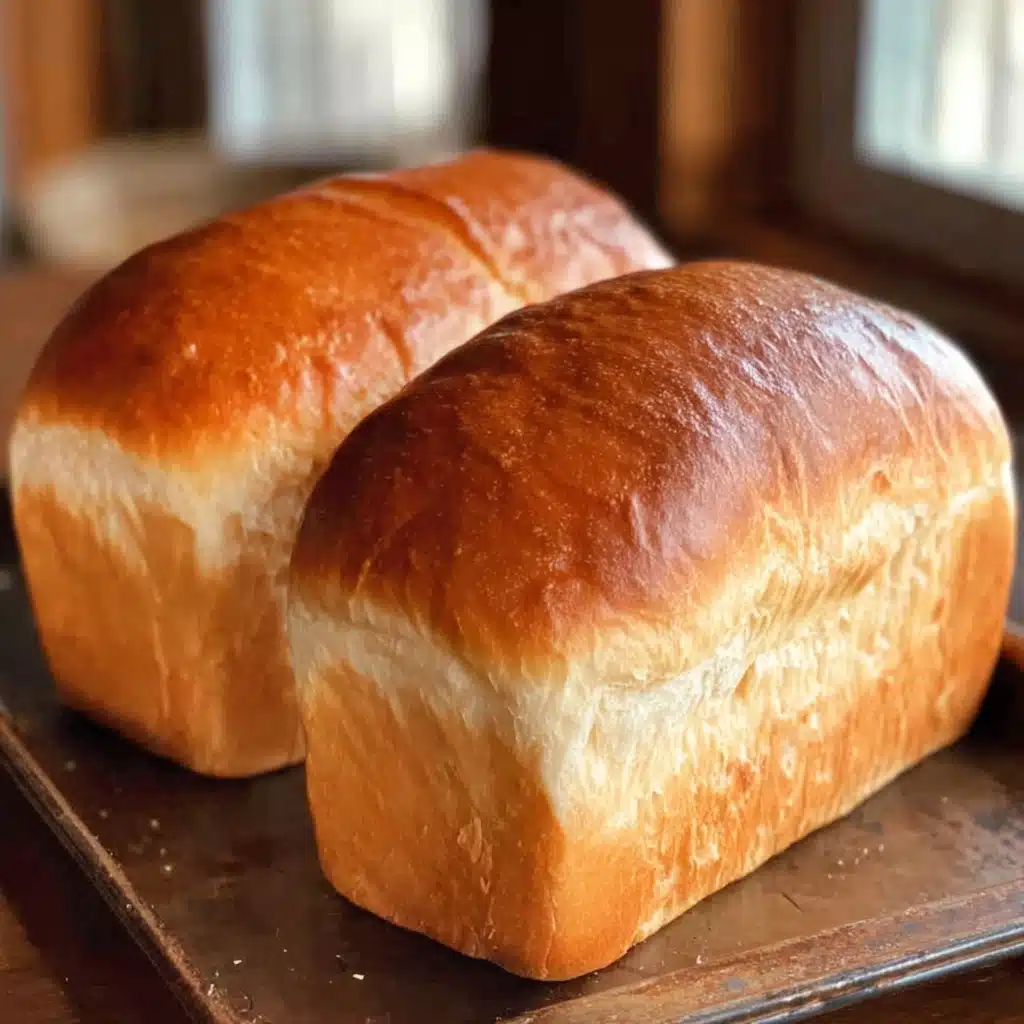
Garnishes
A simple swipe of rich butter on a fresh, warm slice is my top pick—classic and unbeatable. If you’re feeling adventurous, try a dusting of flaky sea salt or a drizzle of honey for a sweet-savory experience. Or, for something decadent, spread on some homemade jam and let it melt into the crumb.
Side Dishes
The Amish White Bread Recipe is born to be paired with hearty homemade soups, chowders, or a vibrant salad. It’s the ultimate anchor for a weekend breakfast table, piled with scrambled eggs or turned into a dreamy French toast. Whatever your meal, a thick slice alongside adds comfort and satisfaction.
Creative Ways to Present
Why not use your bread as the star of an over-the-top grilled cheese, or hollow out a round to serve as a soup bowl? Slice it into cubes for bread pudding, or toast and top with avocado and an oozy poached egg. With this loaf, ordinary meals become a treat.
Make Ahead and Storage
Storing Leftovers
Wrap your cooled loaf snugly in plastic wrap or aluminum foil, and leave it at room temperature for up to two days. The bread stays pleasantly soft, perfect for last-minute sandwiches or a quick snack. Just keep it away from any sources of moisture to maintain that perfect texture!
Freezing
This Amish White Bread Recipe freezes beautifully. Slice the bread first for grab-and-go convenience, or freeze whole loaves tightly wrapped for up to three months. Thaw at room temperature, and it’ll taste as fresh as the day it was baked—ready to rescue your busiest weeks.
Reheating
For a just-baked taste, warm slices briefly in a toaster or pop the whole loaf (wrapped in foil) into a low oven for about 10 minutes. This revives the soft, bakery-style crumb and brings the flavor right back to life.
FAQs
What makes the Amish White Bread Recipe so fluffy?
The secret is in the combination of active yeast, just the right amount of sugar, and a good long knead for gluten development. Warm liquid ingredients and a touch of oil or butter add softness to each slice.
Can I reduce the sugar without ruining the bread?
Absolutely! You can cut the sugar in half for a less sweet loaf, though this may result in a slightly denser texture. The bread will still rise nicely and taste wonderful.
Which is best: vegetable oil, coconut oil, or butter?
Each option brings its own magic. Vegetable oil is neutral and lets the bread flavor shine. Coconut oil gives a sassy hint of flavor, and butter adds classic richness. Try all three and see which one makes your family swoon.
Can I use all-purpose flour instead of bread flour?
You can substitute all-purpose flour in a pinch, but bread flour yields a higher rise and chewier texture. If you use all-purpose, your loaf may be a little softer and less structured but still delicious.
How should I store leftovers to avoid dryness?
Once completely cool, wrap your bread well in plastic wrap or foil. For extended freshness, slice and freeze it. Keep at room temperature, never in the refrigerator, to keep every bite tender.
Final Thoughts
If there’s one recipe that will make you fall in love with homemade bread, it’s this Amish White Bread Recipe. The end result is a cloud-soft, slightly sweet loaf with endless possibilities—truly a slice of happiness. Give it a try and let homemade bread become the heart of your kitchen!
Print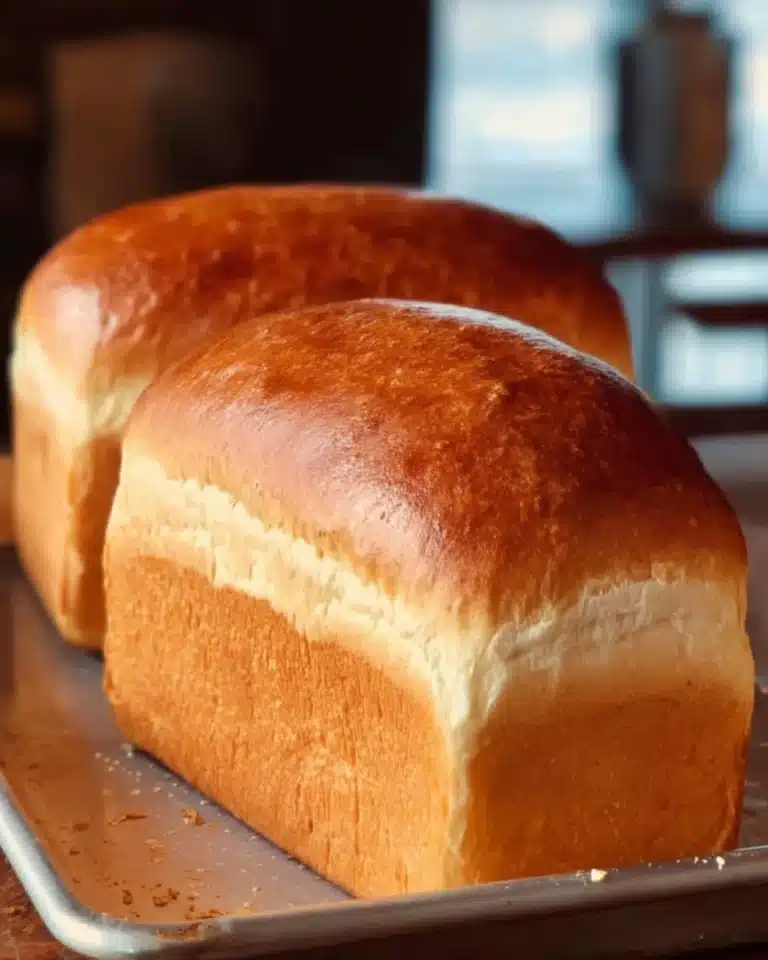
Amish White Bread Recipe
This Amish White Bread recipe creates two soft, slightly sweet loaves with a tender crumb and golden crust. It’s an easy and versatile homemade bread made with common pantry staples. Perfect for sandwiches, toast, or as a comforting side, it’s a favorite for its pillowy texture and irresistible aroma. You can use butter, coconut oil, or vegetable oil for richness, and it freezes beautifully for make-ahead convenience.
- Total Time: 2 hours 30 minutes
- Yield: 2 loaves (16 servings)
Ingredients
For the Dough
- 1 cup water, 110°F
- 1 cup milk, 110°F
- ⅔ cup sugar (can use less for a less sweet bread)
- 1½ tablespoons active dry yeast
- 1 pinch powdered ginger, optional (helps activate yeast)
- 1½ teaspoons salt
- ¼ cup vegetable oil, melted coconut oil (cooled to 100°F), or melted butter
- 5½ cups bread flour (may need a little more or less)
For Brushing
- 2 tablespoons butter, melted
Instructions
- Prepare Yeast Mixture: In a large bowl, dissolve the sugar in the warm water and milk. Whisk in the yeast (and powdered ginger if using) and set aside for 5 to 10 minutes, until the mixture is foamy and activated.
- Add Initial Ingredients: Stir in 1 cup of the bread flour. Whisk in the salt and oil of your choice (vegetable, coconut, or butter).
- Form the Dough: With the mixer running (or by hand), gradually add the remaining flour, one cup at a time, until a dough forms and pulls away from the sides of the bowl.
- Knead the Dough: If using a stand mixer, knead for about 5 minutes until smooth and elastic. If kneading by hand, turn the sticky dough onto a lightly floured surface and knead for about 10 minutes, adding flour as needed until the dough is smooth and elastic.
- First Rise: Oil a large bowl and place the ball of dough inside. Oil the top of the dough, cover with a damp cloth, and let it rise in a warm place for about 1 hour, or until doubled in size.
- Shape and Second Rise: Punch down the risen dough. Knead briefly for about 3 minutes, then divide in half and let rest 5 minutes. Shape each half into a loaf and place in greased 9×5-inch loaf pans. Brush tops with the melted butter. Let the loaves rise, uncovered, for 30 minutes, or until the dough has risen about an inch above the pans.
- Bake: Preheat the oven to 350°F (175°C). Bake loaves for 30 minutes, or until golden and the loaves sound hollow when tapped. An instant-read thermometer should register 190°F in the center of the loaf.
- For a Soft Crust (Optional): For extra softness, butter the tops of hot loaves and cover with a clean tea towel for 5 minutes before removing from the pans to finish cooling under the towel.
- Bread Machine Option: Add ingredients to your bread machine following the manufacturer’s order. Select the white bread cycle and press start. When the second kneading cycle is about to start, turn the machine off and restart to allow another rise before baking automatically.
Notes
- Store wrapped in plastic wrap or aluminum foil at room temperature for up to 2 days. For longer storage, freeze the loaves.
- You can cut the sugar in half for a less sweet loaf, though the crumb will be slightly different.
- Butter, coconut oil, or vegetable oil all work well—experiment to find your favorite flavor.
- Ground ginger is optional but helps activate the yeast for a better rise.
- To help the dough rise, you can place it in an oven with just the light on or use a dough enhancer like ground ginger or potato water.
- The recipe is very forgiving but changing methods or ingredients may affect the final result.
- This bread freezes well, making it great for batch-baking.
- Prep Time: 30 minutes
- Cook Time: 30 minutes
- Category: Bread
- Method: Baking
- Cuisine: Amish, American
- Diet: Vegetarian
Nutrition
- Serving Size: 1/16 loaf
- Calories: 240
- Sugar: 9g
- Sodium: 239mg
- Fat: 6g
- Saturated Fat: 4g
- Unsaturated Fat: 2g
- Trans Fat: 0g
- Carbohydrates: 40g
- Fiber: 1g
- Protein: 6g
- Cholesterol: 5mg



